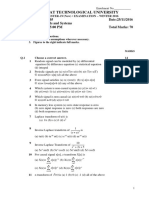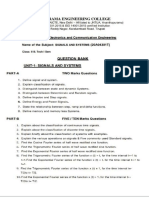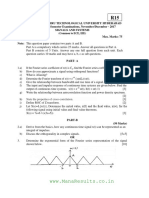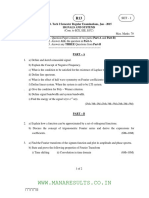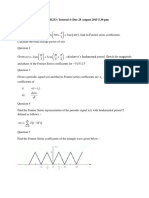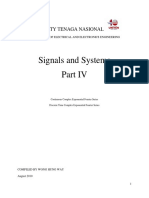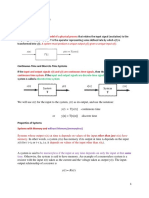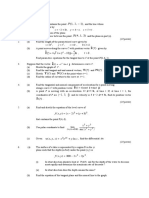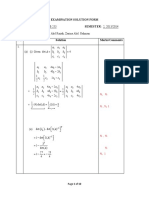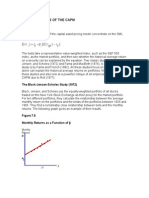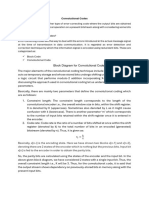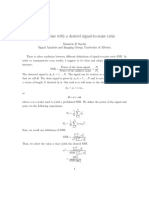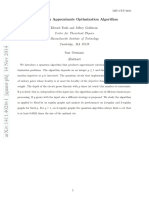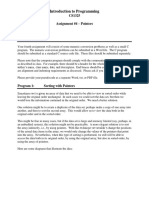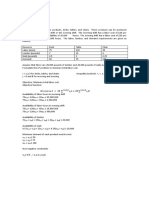0% found this document useful (0 votes)
35 views2 pagesTutorial 5
This document contains 11 questions about signal processing concepts including Fourier transforms, Laplace transforms, z-transforms, linear time-invariant systems, and region of convergence analysis. The questions cover topics such as determining the Fourier transform of given signals, finding the output of discrete-time LTI systems, deriving difference equations, sketching zero-pole patterns, and specifying regions of convergence for various transforms.
Uploaded by
zawirCopyright
© © All Rights Reserved
We take content rights seriously. If you suspect this is your content, claim it here.
Available Formats
Download as PDF, TXT or read online on Scribd
0% found this document useful (0 votes)
35 views2 pagesTutorial 5
This document contains 11 questions about signal processing concepts including Fourier transforms, Laplace transforms, z-transforms, linear time-invariant systems, and region of convergence analysis. The questions cover topics such as determining the Fourier transform of given signals, finding the output of discrete-time LTI systems, deriving difference equations, sketching zero-pole patterns, and specifying regions of convergence for various transforms.
Uploaded by
zawirCopyright
© © All Rights Reserved
We take content rights seriously. If you suspect this is your content, claim it here.
Available Formats
Download as PDF, TXT or read online on Scribd
/ 2


